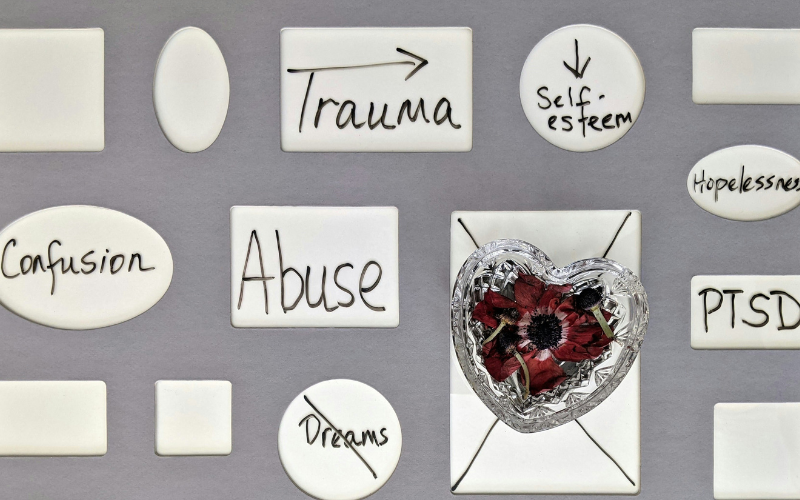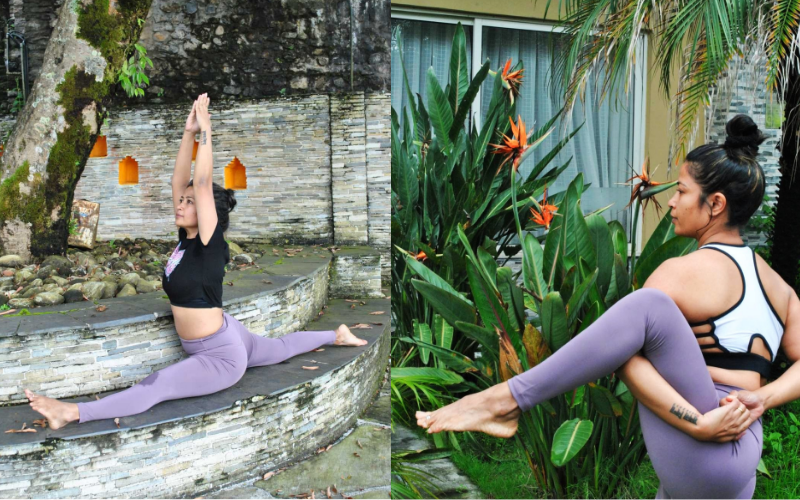Neuroplastic Healing: How Yoga Transforms the Stressed Brain

The human brain is a living orchestra of neurons, synapses, and electrical sparks, tirelessly conducting the symphony of our thoughts, emotions, and actions. In times of balance, this orchestra plays in harmony. Yet when stress or trauma strikes, the rhythm falters. Circuits misfire, thoughts spiral, and the nervous system becomes trapped in survival mode. In these moments, yoga offers far more than movement, it becomes a rewiring mechanism, a medicine of breath and presence that gently restores balance to the brain’s intricate wiring.
Stress, Trauma, and the Brain’s Fragile Wiring
Stress and trauma are not temporary emotional states; they leave measurable imprints on the brain’s architecture. The brain’s alarm center becomes hyperactive, sending fear signals throughout the body. Meanwhile, the prefrontal cortex, responsible for reasoning and decision-making, weakens under constant pressure. Chronic stress can also cause shrinkage in the hippocampus, the region responsible for memory and emotional regulation. This imbalance explains why prolonged trauma often results in feelings of hypervigilance, overwhelm, or disconnection.
It is within this fragile state that yoga emerges – not as a quick fix, but as a rewiring process.
Yoga as a Medicine

The brain possesses a remarkable ability known as neuroplasticity, the capacity to reshape and create new neural pathways. Yoga, through mindful movement, breathwork, and meditation, activates this potential. Every posture and conscious breath sends gentle signals to the nervous system: you are safe, you are present, you can heal.
Over time, consistent practice reduces amygdala hyperactivity, calming the fear response. Simultaneously, it strengthens the prefrontal cortex, enhancing clarity, decision-making, and self-regulation. Research also highlights yoga’s positive impact on resilience, memory, and emotional balance. In essence, yoga teaches the brain to shift from survival mode into thriving mode.
The Breath: A Bridge to Reconnection
Among yoga’s many gifts, the breath is its most transformative. Stress often shortens and shallows our breathing, locking the body into a cycle of tension. Yogic breathing practices, or pranayama, interrupt this loop. Slow, rhythmic breaths activate the parasympathetic nervous system, signaling the body to relax and restore.
With every deep inhale and elongated exhale, the brain reprograms itself toward calm. The nervous system learns to pause before reacting, to soften rather than contract. Over time, these breath-centered practices become ingrained patterns, equipping the brain with resilience even in the face of future challenges.
Movement as a Language of Healing
Trauma does not reside only in the mind, it embeds itself in the body. Muscles tighten, posture collapses, and energy stagnates. Yoga’s asanas provide the body with a safe language to release these silent stories. Gentle stretches, grounding poses, and mindful flows stimulate sensory pathways, creating new neural maps of safety and stability.
For trauma survivors, the act of moving consciously – feeling the ground beneath their feet, the expansion of their lungs, the rhythm of their heartbeat – becomes a sacred process of reclaiming ownership over body and mind.

Meditation: Rewiring Awareness
Meditation, the heart of yoga, deepens this rewiring. By observing thoughts without attachment, meditation reduces the brain’s habitual overthinking loops. Studies show that it decreases activity in the default mode network – responsible for rumination, while enhancing connectivity in regions tied to focus and compassion.
As yoga teacher Reena Maharjan wisely says, “The mind finds a space beyond fear, a space where healing can unfold.” As new, compassionate neural connections are formed, trauma begins to loosen its grip.
A Gentle Rebirth of the Mind
The beauty of yoga lies in its gentleness. It does not force the brain to change, it invites it. Through consistent practice, yoga cultivates resilience, courage, and clarity. Slowly, the mind learns that stress and trauma are not life sentences but experiences that can be transformed.
Yoga teaches us that even when the brain’s wiring feels tangled in chaos, it can be rewoven into patterns of peace. The brain, like the body, is alive, adaptable, and deeply responsive to care. In this sense, yoga is not merely a practice, it is a sacred rewiring of life itself.
About the Author
Reena Maharjan is a passionate yoga educator with over 10 years of practice and 8 years of teaching experience. She is a 500-hour certified instructor trained in Nepal and India. Also certified in prenatal/postpartum yoga and mat Pilates, she blends ancient wisdom with mindful movement.
Instagram: yogawith_reena
For more yoga tips like this, stay tuned to The Buzz Nepal, where true wellness begins with real journeys.

Also Read
Best Diets to Cope with Period Cramps
Debunking Common Diet Myths By Buzz Nutrition Expert
Mental Health Matters: Simple Ways to Manage Stress




























